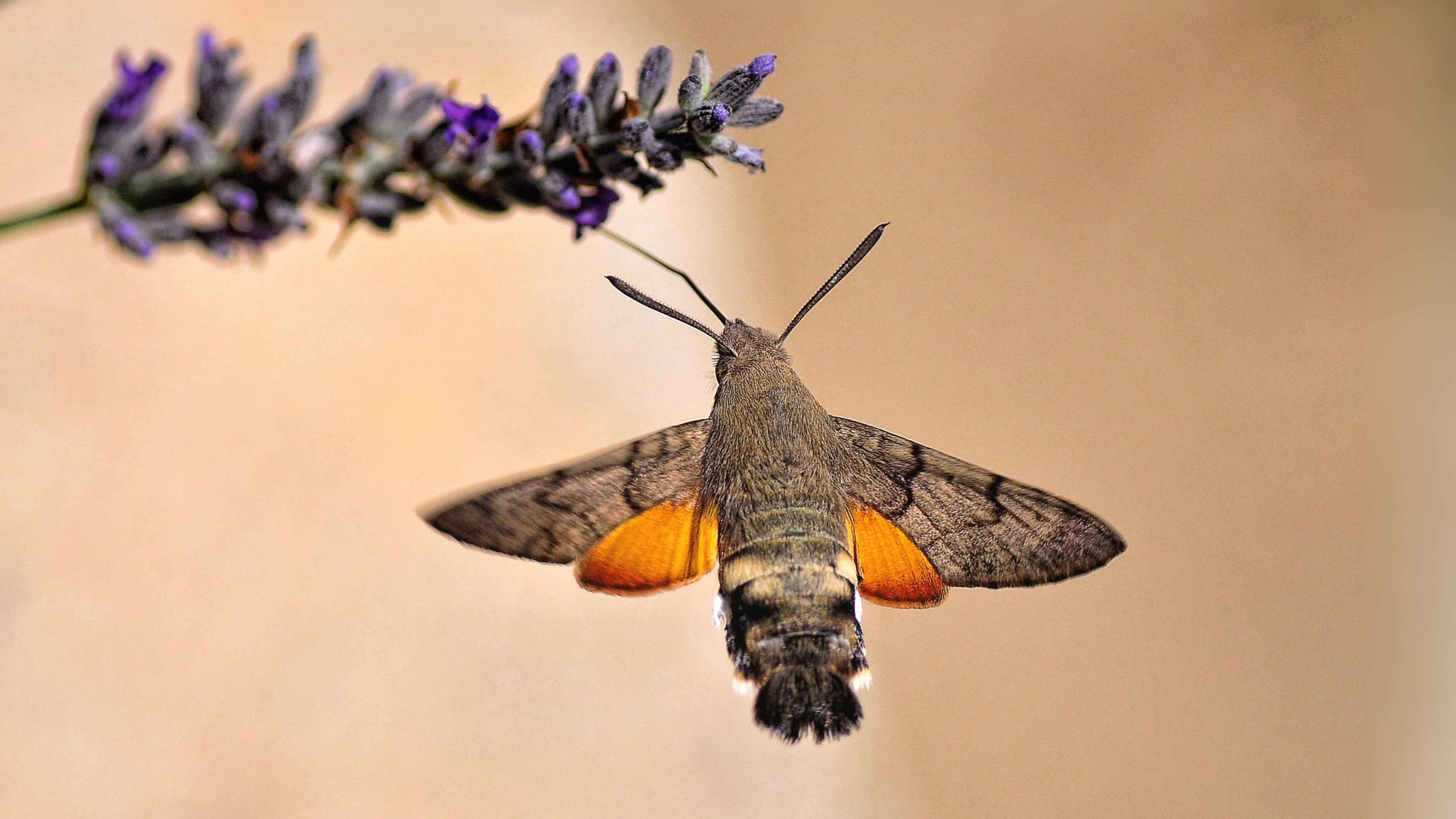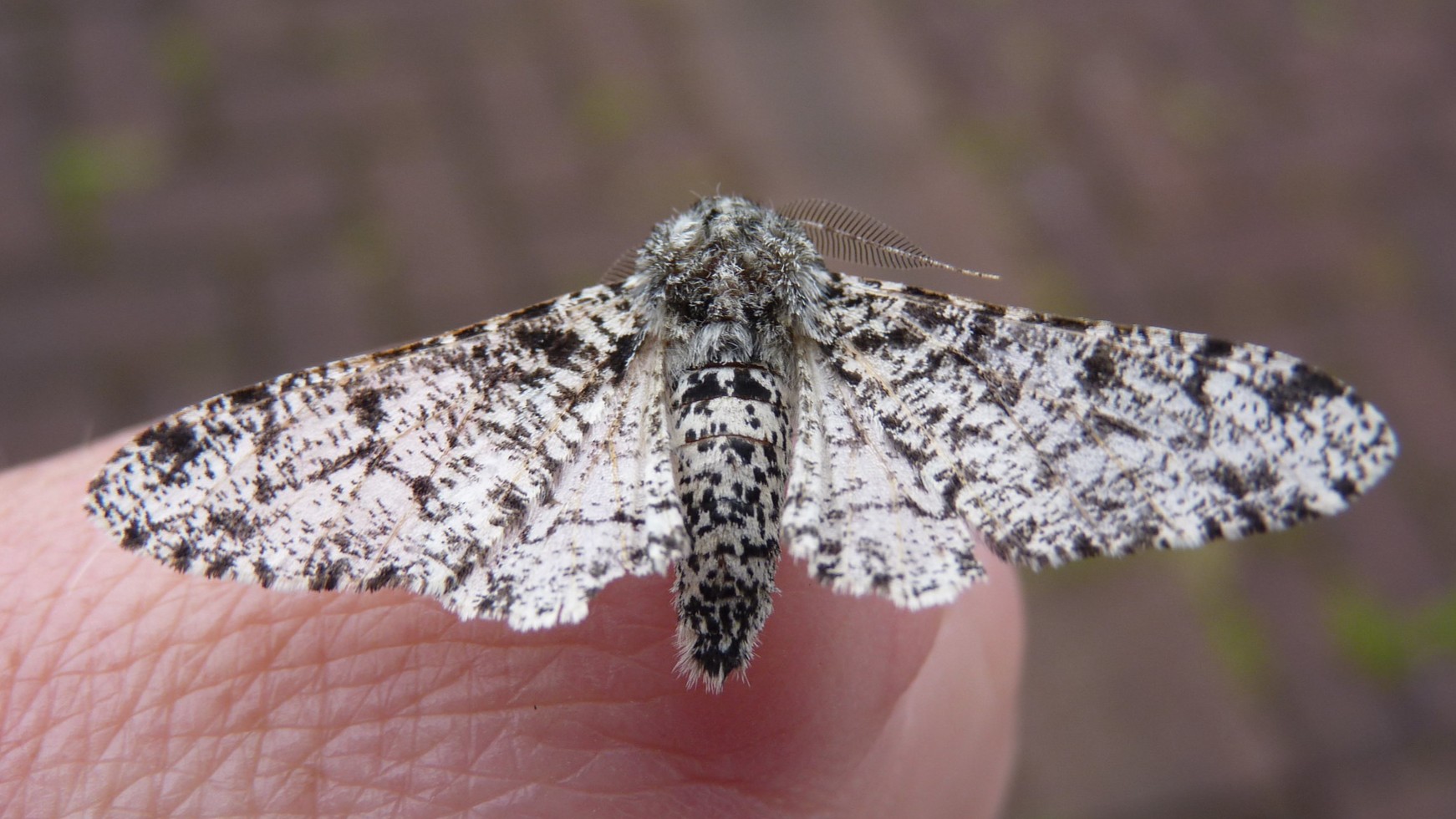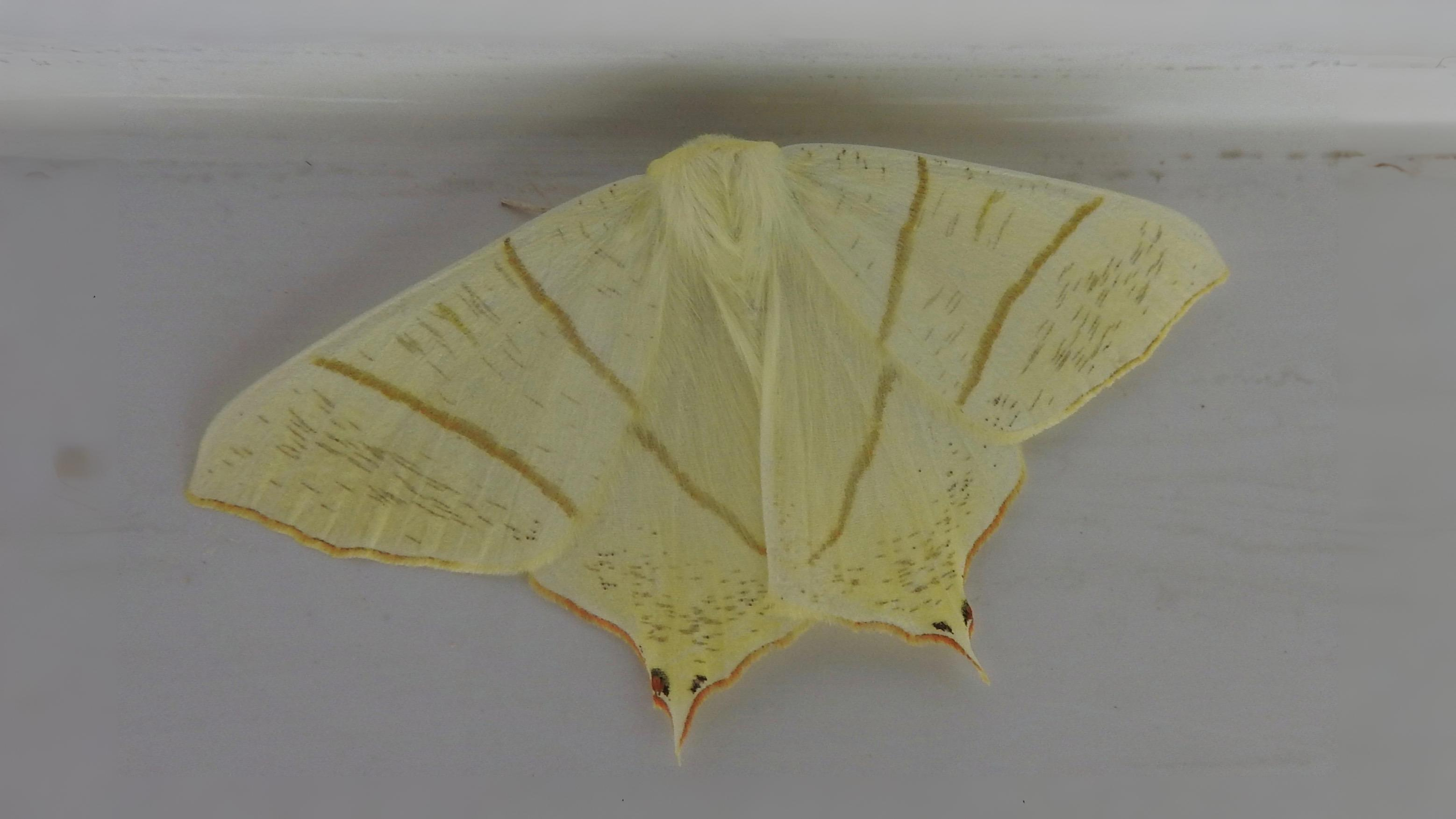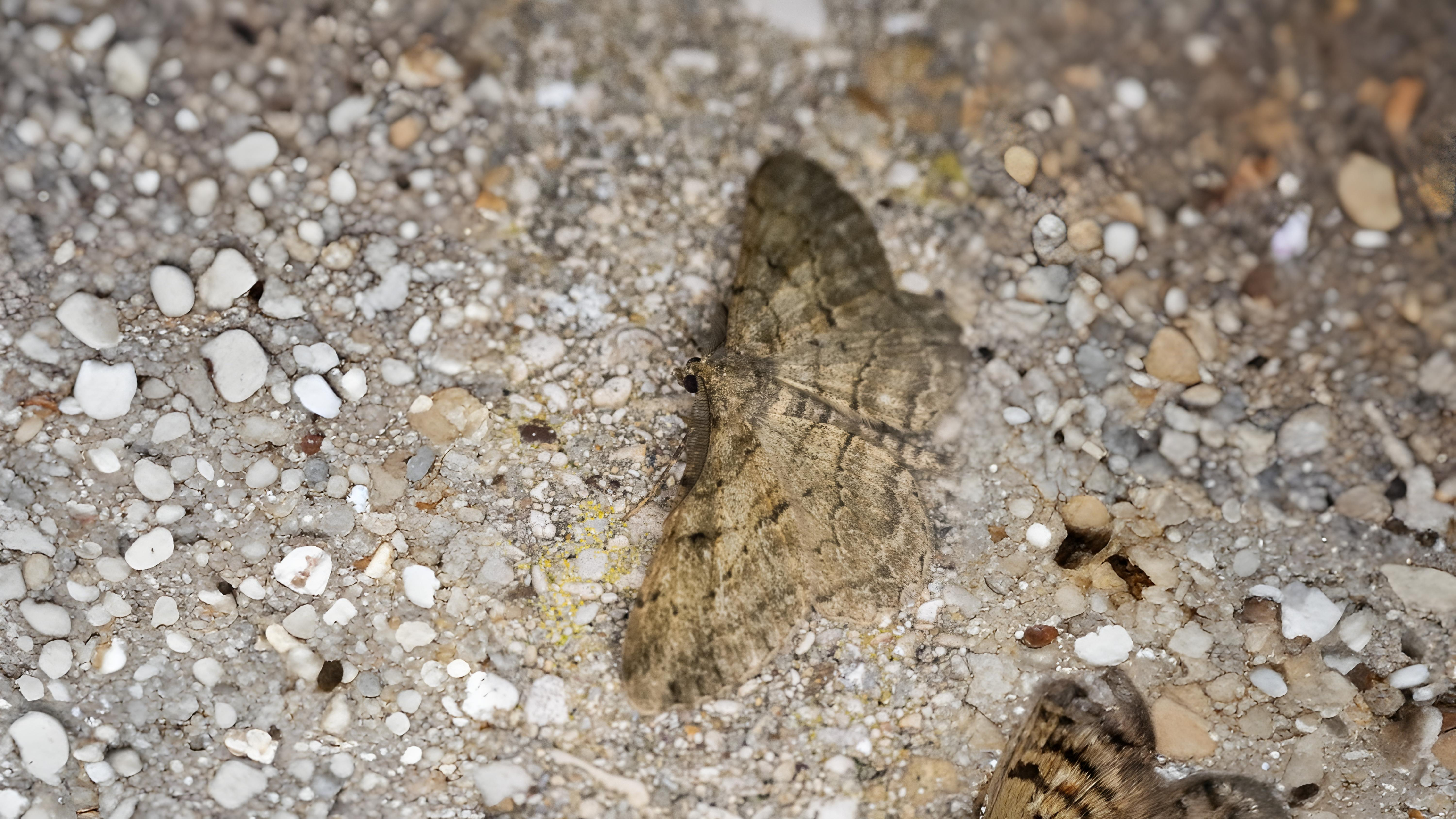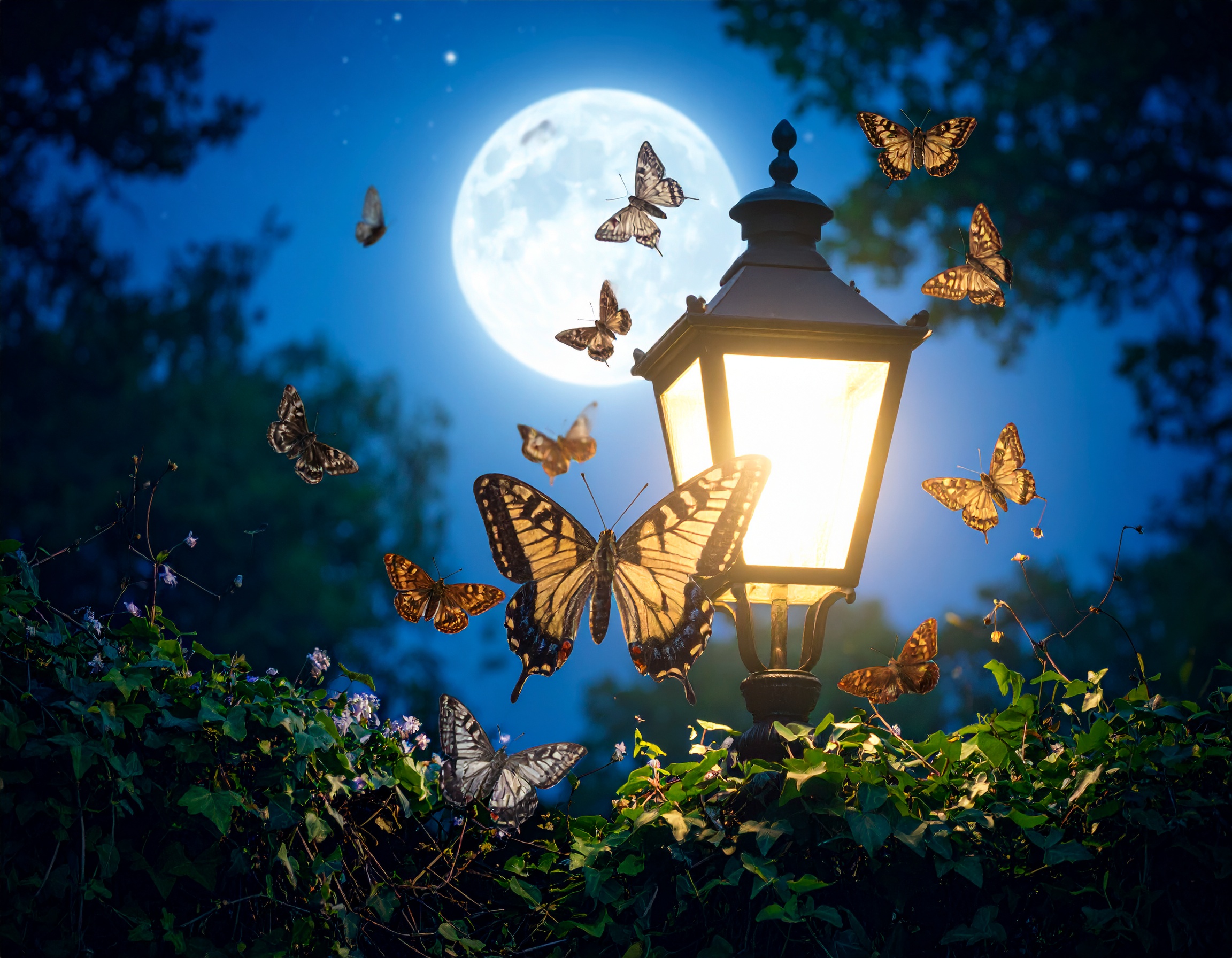
As dusk falls over London, a secret spectacle unfolds—tigers, ermines, and hawkmoths take flight, painting the night with silent grace. On July 30th, delve into the dazzling diversity of moths, from the Garden Tiger’s fiery wings to the hummingbird-like hover of the Hawkmoth. Discover where to spot these winged wonders, why some glow like emeralds, and how their survival hangs by a thread in the city’s shrinking wild spaces.
Return on July 30th to uncover the hidden lives of London’s most mysterious pollinators!
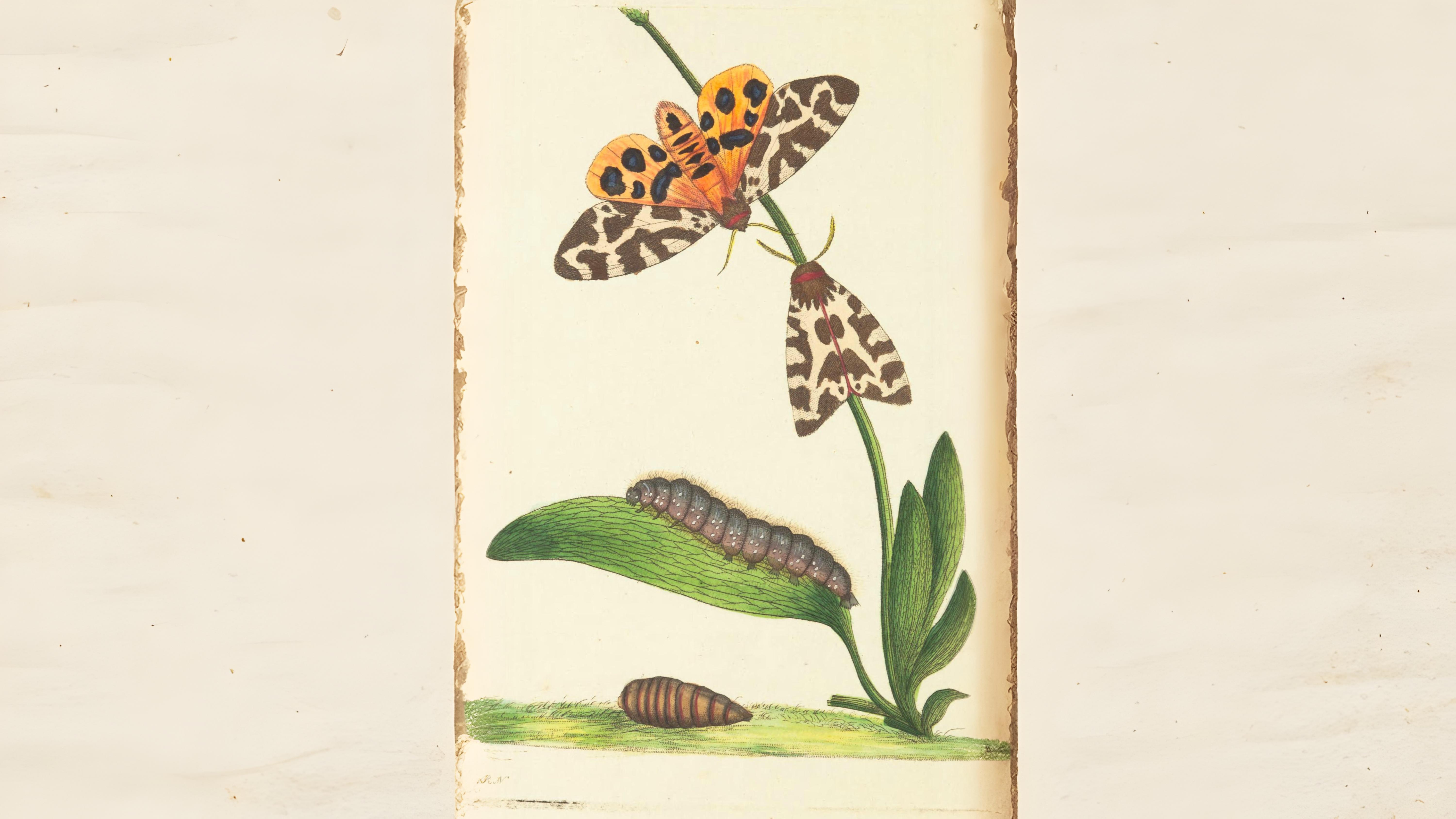

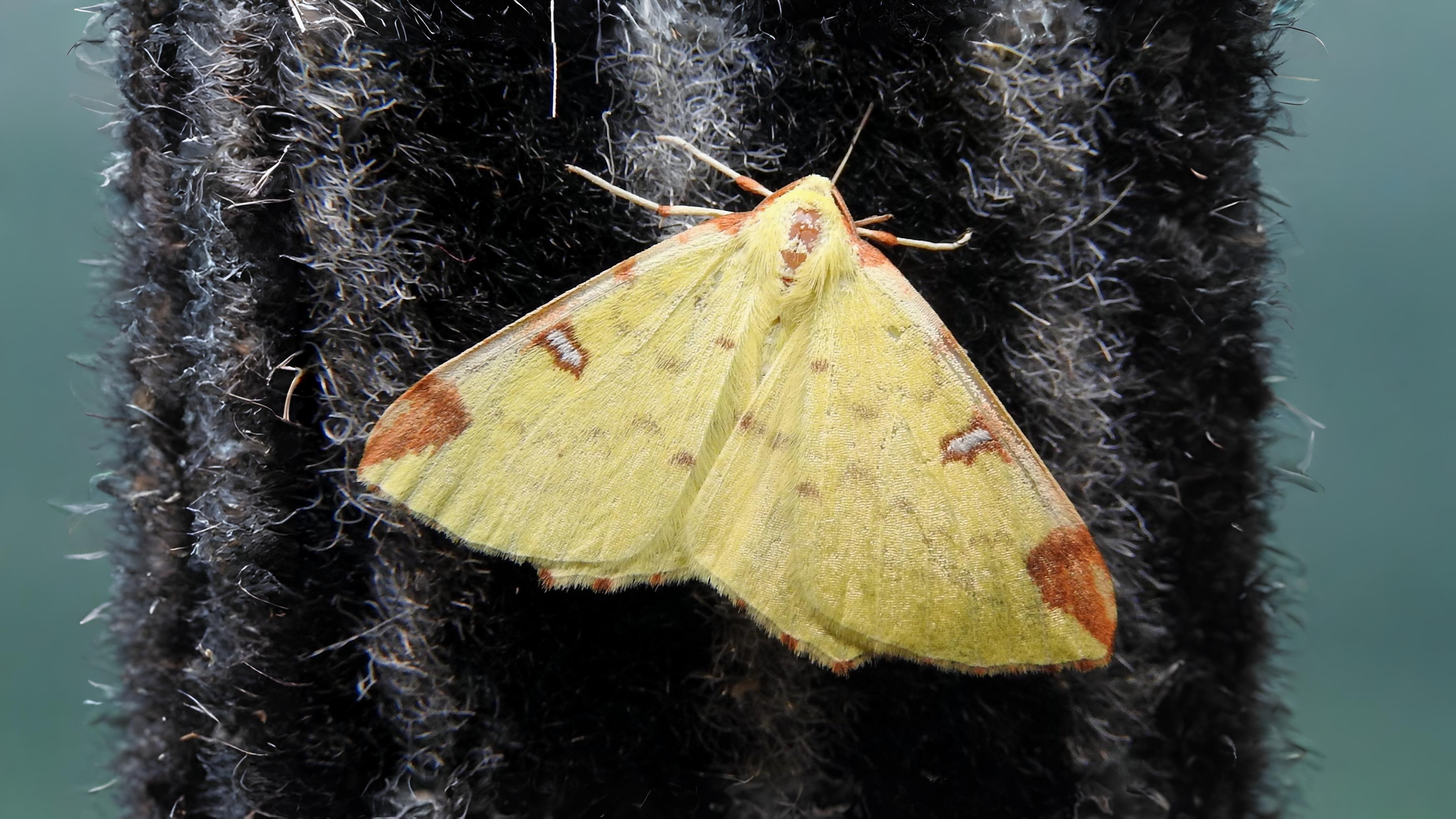

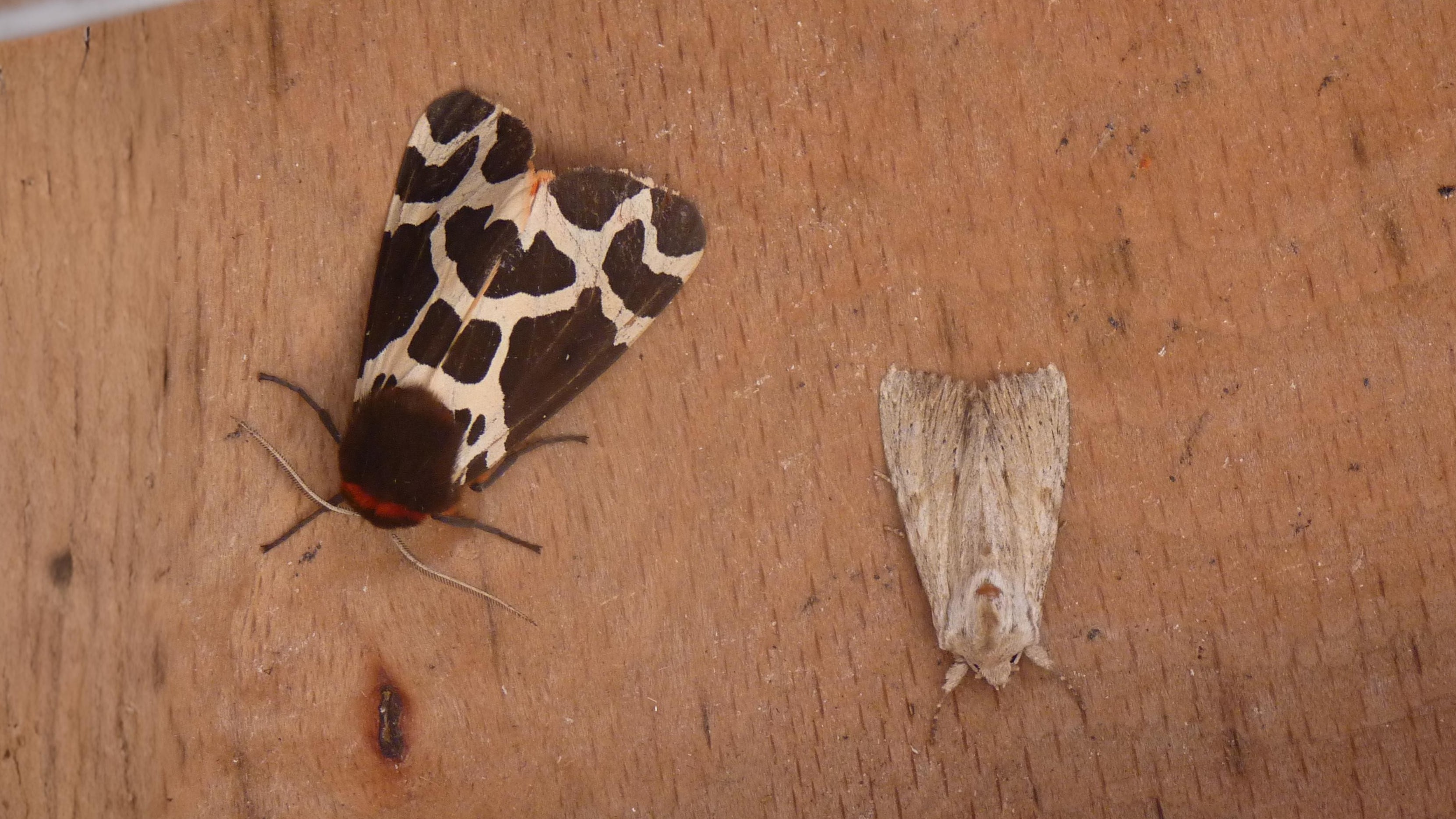

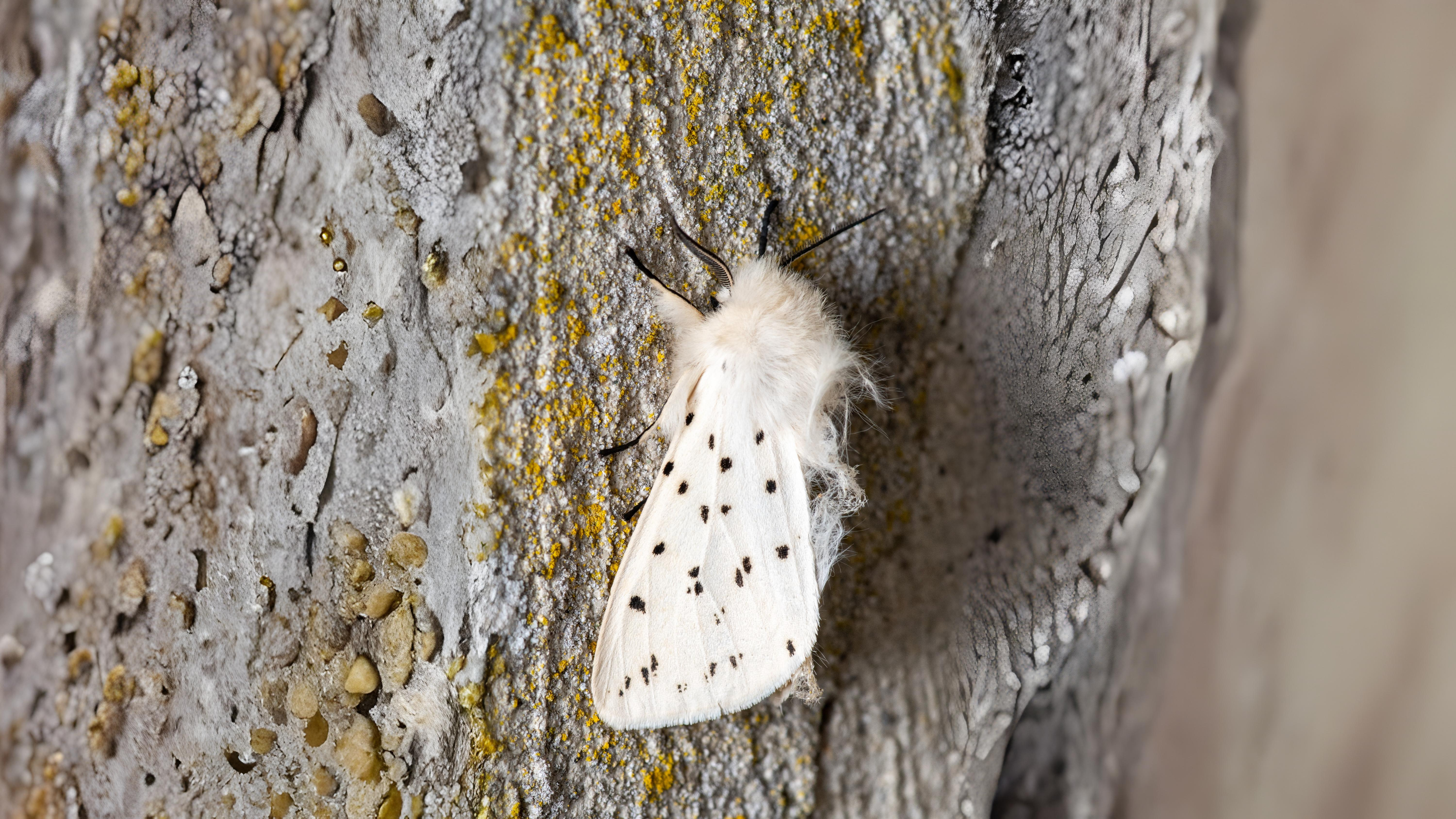

The more common hawkmoths seen last month i.e. Lime, Eyed and Poplar, all cease to fly in July. The elephant hawkmoth ceases in the first week although the less common small elephant hawkmoth may continue to the middle of the month. The pine hawkmoth just makes occasional rare appearances.
